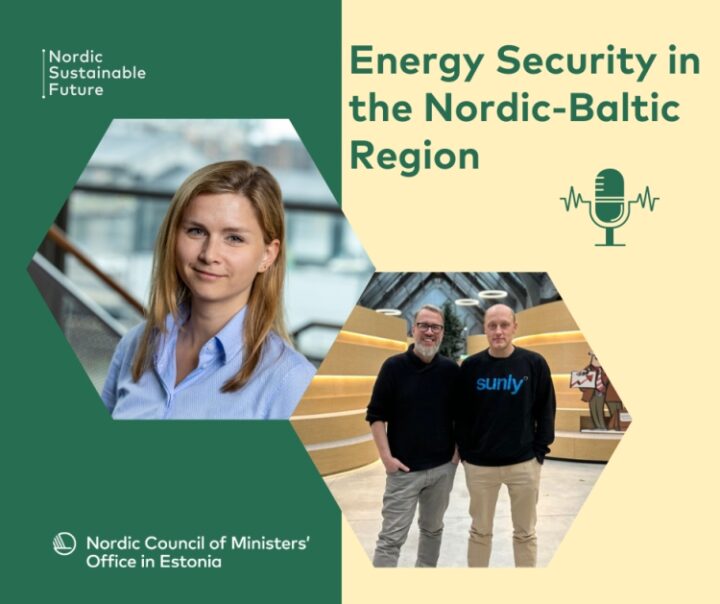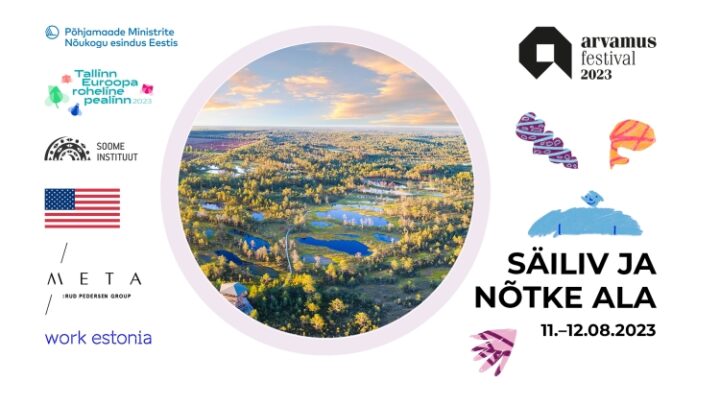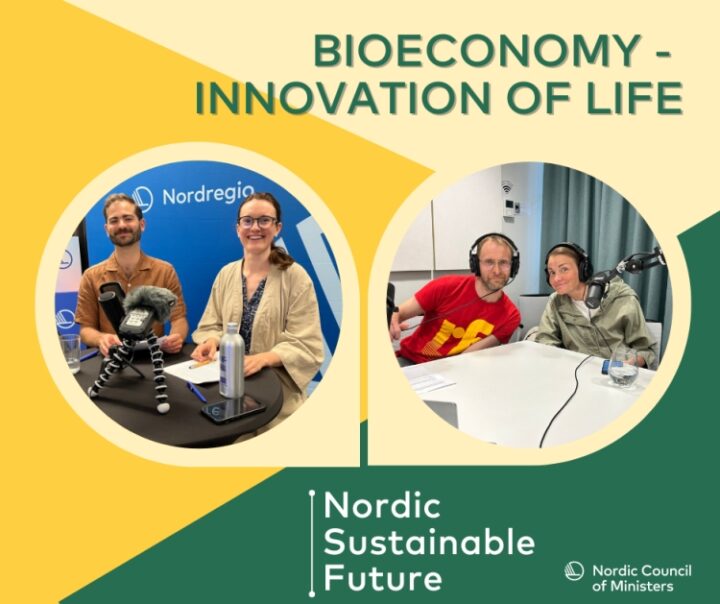Estonia studies Danish waste sorting labels

The cooperation project of the Estonian Office of the Nordic Council of Ministers (NCM), the Things Foundation and the Ministry of the Environment focuses on finding focuses on finding out whether and how the Danish waste sorting pictograms, i.e. labels, could also be implemented in Estonia.
The labels for packaging waste, kitchen and canteen waste, waste paper and mixed municipal waste were created in the cooperation of the Ministry of the Environment, producer responsibility organisations, representative of local governments and waste handlers in 2019. “The pictograms created as a result of this project have already been actively implemented throughout Estonia,” said Minister of the Environment Tõnis Mölder.
For example, Eesti Pakendiringlus, Tootjavastutusorganisatsioon and Eesti Taaskasutusorganisatsioon are already using the pictograms in their waste sorting guidelines and containers. They are also used by local governments, Ragn Sells, several universities, retail chains and event organisers.
“Our project will make it possible to take the next step in the creation of a common pictogram system, which would be particularly helpful in sorting hazardous and electronic waste,” said CEO of the Things Foundation and the manager of this project Kristiina Kerge. She added that the labels are based on the pictograms created in Denmark and perfected in Sweden and the ones that are the most suitable to our waste sorting system will be initially implemented here.
According to Madis Tilga, adviser at the Estonian Office of the NCM, the most important objective of the project in Estonia is to analyse which Danish pictograms could be used here to make the waste sorting system simpler.“Our final goal is to get more clean materials from waste and recycle them,” he said. “We therefore have to analyse how pictograms could contribute to this and how to implement them as efficiently as possible.”
The recent analysis advises not to change the packaging, biowaste, waste paper and mixed municipal waste pictograms, which are already used in Estonia, and to move forward with the hazardous and electronic waste labels of the Danish and Swedish system by creating for them designs that correspond to our conditions and that could be used for waste sorting in shops and waste treatment plants.
The joint project of Estonia, Latvia and Lithuania, which was launched in February 2021, will last for a year and its lead partner in Estonia is the Things Foundation, which also created the Kuhuviia.ee environment. The main financier of the project is the Nordic Council of Ministers.
The follow-up project makes it possible to spread the best experience of the Danish pictogram system in the Baltic and Nordic region and promotes the implementation of good waste handling practices. The project is directly related to the goal set in the Vision 2030 action plan of the Nordic Council of Ministers, which is to promote circular and bioeconomy, sustainable and competitive production, sustainable food systems and resource-efficient and non-toxic production cycles.
Discussions with producer responsibility organisations, waste treatment plants and local government representatives will be held in April to determine the types of waste that could be marked with Danish and Swedish labels.
For further information please contact Kristiina Kerge, kristiina.kerge@kuhuviia.ee.


